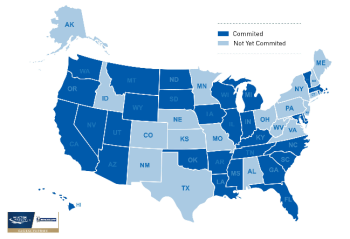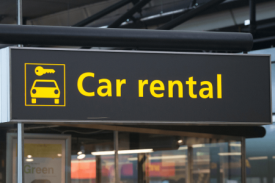Draft Technical Assessment Report of Greenhouse Gas Emissions and Fuel Economy Standards for Model Year 2022-2025 Cars and Light Trucks

Environmental Protection Agency, U.S. Department of Transportation, and California’s Air Resources Board Issue Draft Technical Assessment Report of Greenhouse Gas Emissions and Fuel Economy Standards for Model Year 2022-2025 Cars and Light Trucks
WASHINGTON – The U.S. Department of Transportation (DOT), the U.S. Environmental Protection Agency (EPA), and the California Air Resource Board (CARB) today took the first step in the mid-term evaluation of the National Program for greenhouse gas emissions and fuel economy standards for light duty cars and trucks by releasing a draft Technical Assessment Report (TAR) for public comment. The release of the TAR delivers on a commitment that EPA made in 2012 as part of the rulemaking establishing a National Program for the 2017-2025 period. The draft TAR covers model years 2022-2025.
The draft TAR shows that automotive manufacturers are innovating and bringing new technology to market at a rapid pace, and that they will be able to meet the MY 2022-2025 standards established in the 2012 rulemaking with a wide range of cost-effective technologies. Moreover, it indicates that these standards can be achieved by relying primarily on advanced gasoline vehicles. The report also shows that manufacturers will be able to meet the stricter standards at similar or even a lower cost than was anticipated in the 2012 rulemaking, with substantial savings on fuel costs for consumers.


























